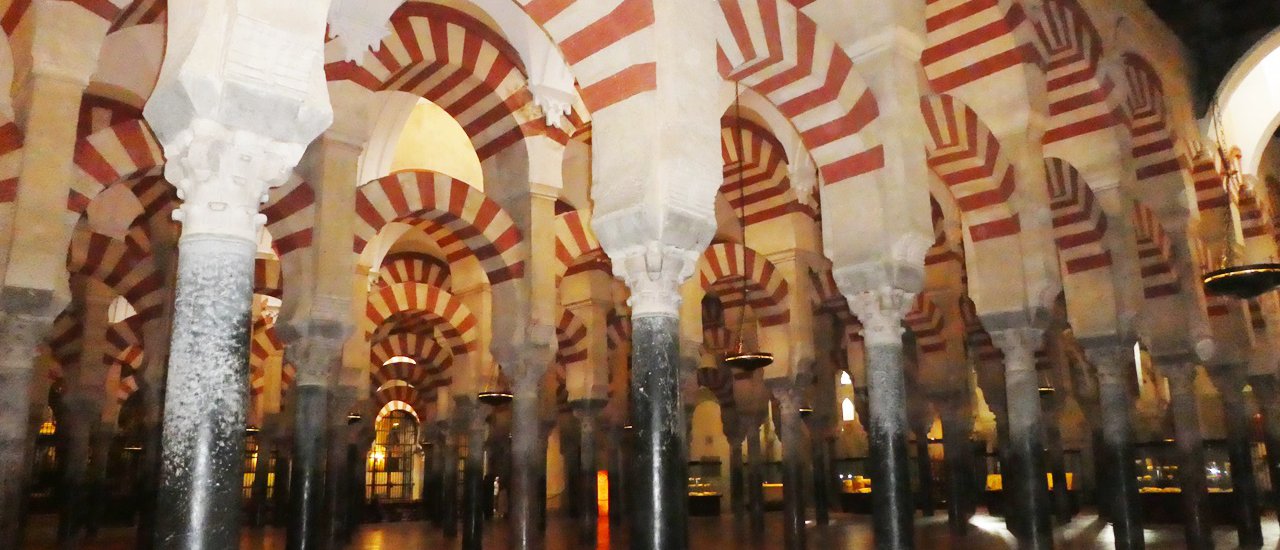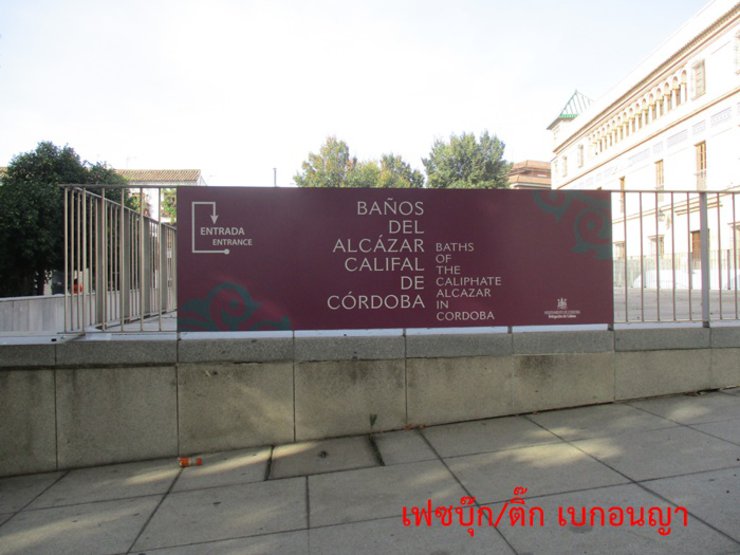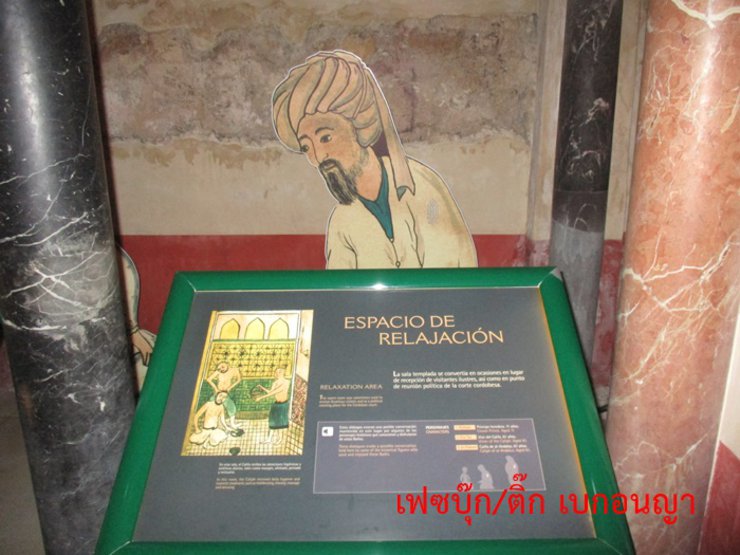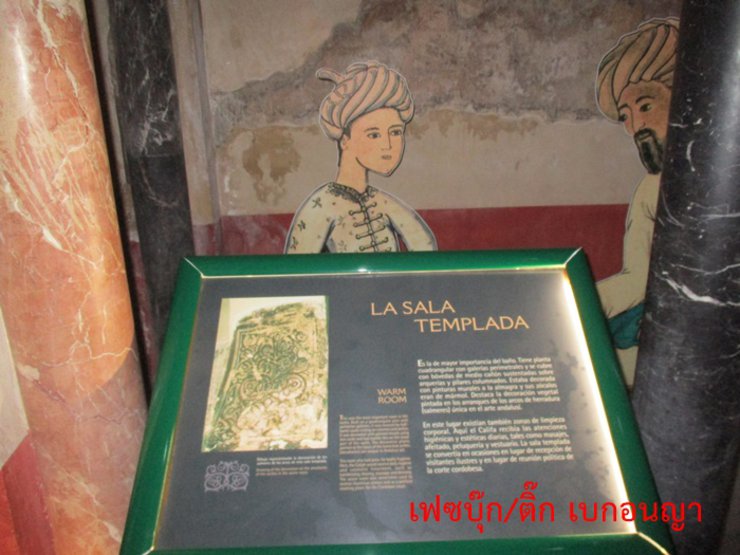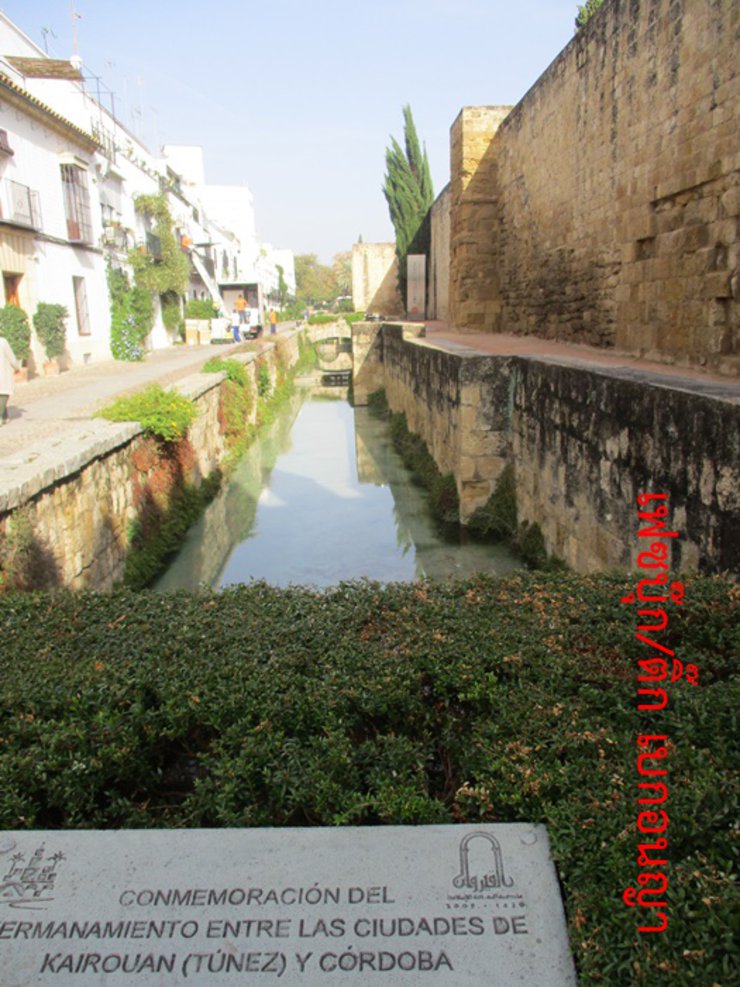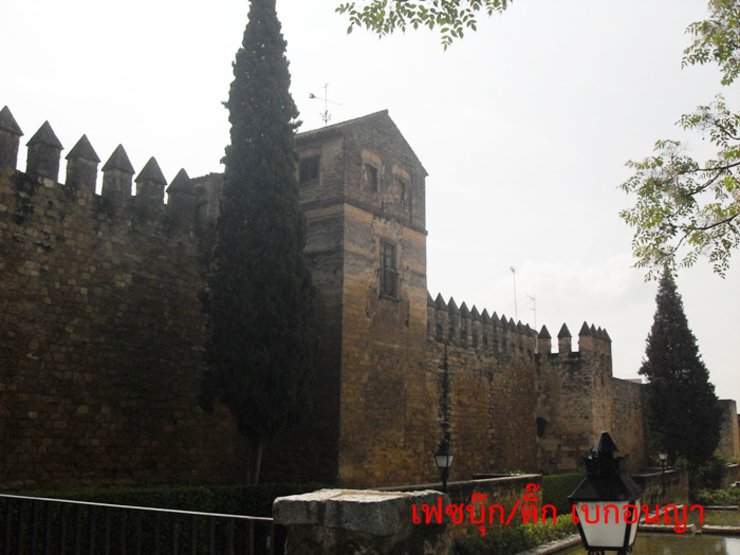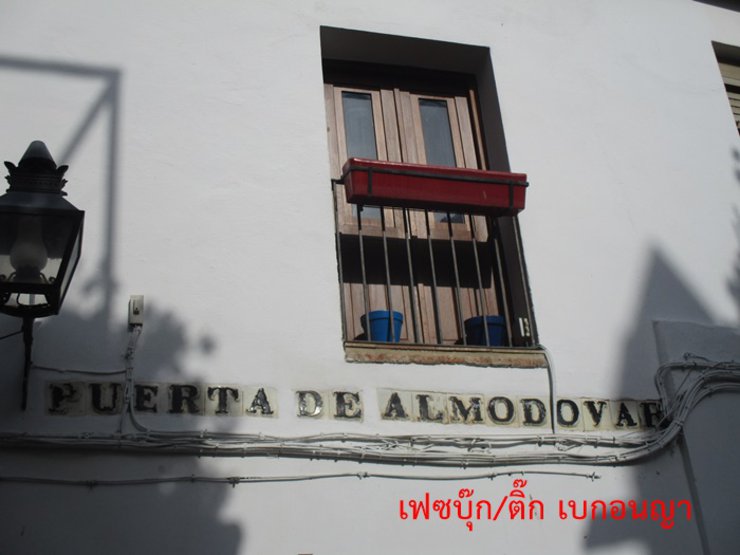Córdoba, Spain: A Historical and Cultural Gem
Córdoba, a captivating city nestled in the heart of Andalusia, Spain, boasts a rich tapestry of history, culture, and architectural marvels.
This review will discuss travel methods and places that tourists should visit. In addition, the author will write a history of Cordoba to show the origin of art and culture in the city. Those who want to learn more can read the history of Cordoba after reading the review.
The city of Córdoba is the capital of the province of Córdoba, which is one of the provinces in the region of Andalusia and is a center of Muslim art and culture in Spain. This is a result of the fact that Muslims ruled Spain for many centuries.
Tourists can reach Cordoba by high-speed train from Madrid in 1 hour and 50 minutes. Alsa buses from Seville take 2.5 hours, while those from Granada also take 2.5 hours. Conveniently, Cordoba's bus and train stations are located opposite each other. Within the train station, a tourist information center provides maps and brochures. From there, tourists can take bus line 3 at the stop between the bus and train stations to reach the city center.



The bus stop sign reads "Los Mártires". Nearby, you'll find the Baños de Alcázar Califal de Córdoba, a public bathhouse with an entrance fee of a few euros. Inside, informational signs explain Muslim bathing rituals.


After visiting the Caliphate Baths, continue walking along the canal and the wall surrounding the old city of Córdoba (medina de Córdoba), which will be on your right. After a short walk, you will reach the Almodóvar Gate (puerta de Almodóvar). If you prefer not to take the bus, you can walk to the Almodóvar Gate and enter the city. The walk takes approximately 20 minutes.


Upon entering the city through the Almodovar Gate, one is greeted by whitewashed buildings. The top image shows the name of the gate, which is located on the left-hand side when facing the city. The bottom image shows the Almodovar Gate and the surrounding buildings when looking back.



Turning your back to the Almodóbar Gate and looking to the right, you will find a small street called Calle de Judíos, which translates to "Jewish Street." This street leads to Casa Andalusí, a house filled with charming home decor. Additionally, you will find a synagogue, as this area was once a Jewish quarter (judería). Jews resided in this city and many others in Spain until 1492, when the Catholic Monarchs offered them the choice of converting to Christianity or leaving the country.
Other places in the Jewish Quarter include:
- Capilla Mudéjar San Bartolomé: This chapel showcases Mudéjar art, a unique blend of Christian and Muslim influences.
- Casa Sefarad: This museum explores the history and culture of Sephardic Jews, who were expelled from Spain in the 15th century.

The sentence is already in English and does not require translation.




Walking back to the Almodovar Gate and continuing along the path, you will encounter houses with white walls, a cultural hallmark of Mediterranean coastal communities. This white color is derived from whitewash, which has the property of absorbing less heat, keeping the interior of the houses cool. In the Andalusia region, there are white villages that are visually stunning and clean, and are popular tourist destinations. Notably, the province of Cádiz has a "White Villages Route" (ruta de pueblos blancos).
The walls and courtyards of houses in Cordoba are often adorned with flower pots, creating the characteristic "Cordoban patios." While these patios are found throughout Andalusia, they are particularly prevalent in Cordoba. The use of flower pots serves both aesthetic and practical purposes, adding a touch of beauty and providing shade to cool the houses during the hot summers.


After exploring the city, it is highly recommended to visit the landmark of Córdoba, the Mezquita-Catedral de Córdoba, a historical site of great significance.
The Puerta del Perdón (Gate of Forgiveness), located near the minaret, served as the main entrance to the Patio de los Naranjos (Orange Tree Courtyard), the grounds of the Mosque-Cathedral. The facade of the Mosque-Cathedral features a horseshoe arch, reflecting the 19 naves of the Mosque-Cathedral. The ornately decorated gate above is known as the Puerta de las Palmas (Gate of the Palms). During Holy Week, Christians would process palm leaves through this gate on Palm Sunday (Domingo de Ramos).
The history of the Great Mosque of Córdoba began in 711 AD when the Muslims arrived in Córdoba and requested to share the space of the Basilica of San Vicente with the Visigoths (the people who ruled Spain when the Muslims arrived) for Islamic religious ceremonies.
Between 786 and 788 CE, Emir Abderramán I ordered the construction of a mosque with 11 sections due to the growing Muslim population. This mosque was known as Mezquita Aljama, meaning "the main mosque," as Córdoba had several mosques at the time.
Following its construction, the mosque underwent three expansions by the Muslims, extending its length and adding additional sections in 833–848, 951, and 991 AD. However, in 1236 AD, the Muslims lost Córdoba to the Christians, who converted the mosque for Christian worship. In 1489, the Christians commenced the construction of a cathedral within the mosque, a project that spanned over a century. For detailed information, consult the visitor's guide, which includes a diagram illustrating the mosque's construction, expansions, and the subsequent cathedral construction.
The sentence is already in English and does not require translation.


The interior of the mosque-cathedral is filled with a forest of 850 columns, earning it the nickname "bosque de columnas" (forest of columns) in Spanish literature. The columns are arranged in two tiers: the upper tier features semicircular arches (arco de medio punto), favored by the Romans, while the lower tier showcases horseshoe arches, preferred by the Muslims. Each arch is composed of alternating white and red voussoirs (dovela). The white voussoirs are made of polished stone (piedra paliza), while the red voussoirs are constructed from brick (ladrillo). However, the arches added during Almanzor's final expansion are made of polished stone alternating with red paint. The use of arches creates a spacious and airy interior, avoiding a sense of darkness and confinement.



The cathedral's interior is equally impressive, featuring an ornate choir ceiling and intricately carved stalls. The archbishop's throne, also known as the cátedra, is a particularly noteworthy element. The transept, with its soaring arches and intricate details, is another highlight.



Another noteworthy feature is the Maqsura, a reserved area for the ruler during the Muslim period. This space is enclosed by columns with a series of small, continuous arches (arco polilobulado), each decorated with arabesque or ataurique motifs. Within the Maqsura is a niche called the mihrab, which indicates the direction of Mecca. The mihrab's horseshoe arch is adorned with Byzantine mosaic tiles and framed by an alfiz. The wall where the mihrab is located is called the quibla. Spanish sources mention that the quibla of the Cordoba Mosque is slightly tilted southward due to the constraints of the surrounding buildings.



After visiting the mosque, tourists can walk to the Roman Bridge (puente romano). Before reaching the bridge, we can turn around to admire the mosque-cathedral building. A few steps later, we will reach the Roman-style archway that serves as the entrance to the bridge. On the other side of the bridge is the Calahorra Tower (torre Calahorra). The bridge spans the Guadalquivir River (río Guadalquivir), whose name comes from the Arabic word wadi al-Kabir, meaning "the great river".


Upon reaching the opposite bank of the river, one can admire the panoramic view of the mosque-cathedral.

The sentence is already in English and does not require translation.


The sentence is already in English and does not require translation.


Another significant landmark in Córdoba is the Alcázar de los Reyes Cristianos, a royal palace featuring intricate Arabic gardens with geometrically shaped trees. It offers breathtaking panoramic views of the city. This site served as the residence of Roman governors, Visigoth rulers, and Muslim emirs. Following the Christian reconquest of Córdoba, King Alfonso XI constructed the Alcázar de los Reyes Cristianos.
The History of Córdoba: A Journey Through Time
Ancient Roots and Roman Rule:
- Before 169 BC, Córdoba was inhabited by ancient civilizations, including the Tartessian kingdom and the Turdetani tribe.
- In 230 BC, the Carthaginians conquered the city.
- In 169 BC, the Romans wrested control from the Carthaginians and established the city of Corduba.
- In 27 BC, Corduba became the capital of the Roman province of Baetica, part of Hispania (the Roman name for Spain).
Barbarian Invasions and Visigothic Rule:
- In 409 AD, the Alans, Suebi, and Vandals invaded the Iberian Peninsula.
- In 415 AD, the Visigoths entered Spain for the first time.
- In 418 AD, the Visigoths established their capital in Toulouse (France) as a federated state of the Roman Empire.
- In 567 AD, King Atanagildo moved the capital to Toledo, in central Spain.
- In 572 AD, King Leovigildo and the Visigoth army conquered Córdoba from the Romans.
Islamic Conquest and the Emirate of Córdoba:
- In 711 AD, the Muslims conquered the Visigothic territory, calling it Al-Andalus.
- Initially, Spain was the Emirate of Córdoba, a province of the Caliphate of Damascus, ruled by the Umayyad dynasty with its capital in Damascus, Syria.
- In 756 AD, a revolt in Damascus led to the Abbasid dynasty seizing power and moving the capital to Baghdad.
- A surviving Umayyad prince, Abd al-Rahman I, fled to Al-Andalus and established the independent Emirate of Córdoba.
The Caliphate of Córdoba and the Taifa Kingdoms:
- Between 880 and 929 AD, a series of rebellions erupted, but Emir Abd al-Rahman III quelled them and declared the Caliphate of Córdoba.
- In 1013 AD, the Caliphate of Córdoba collapsed, fragmenting into around 40 smaller kingdoms known as taifas.
- One of these was the Taifa of Granada, which later evolved into the Kingdom of Granada, the last Muslim kingdom in Spain, lasting until 1492 AD.
Christian Reconquest and the Legacy of Córdoba:
- In 1236 AD, Christian forces under King Ferdinand III of Castile recaptured Córdoba.
This historical journey reveals Córdoba's rich and complex past, marked by diverse cultures, empires, and religions. From its ancient roots to its Islamic golden age and Christian reconquest, Córdoba's legacy continues to shape the city's identity and cultural heritage.
Note: After the Visigoths lost their territory to the Muslims, Spanish history books no longer referred to them as Visigoths, but rather as Christians ("los cristianos"). This term also encompassed other ethnicities that had previously resided in Spain.
ติ๊ก เบกอนญา
Wednesday, February 26, 2025 8:17 PM

